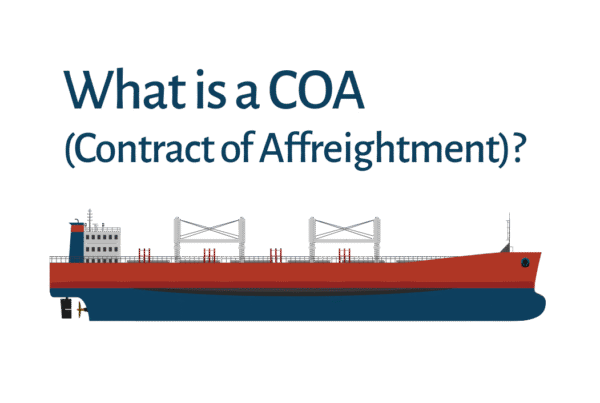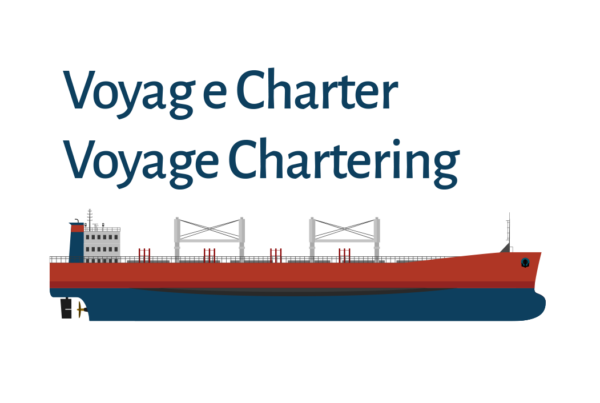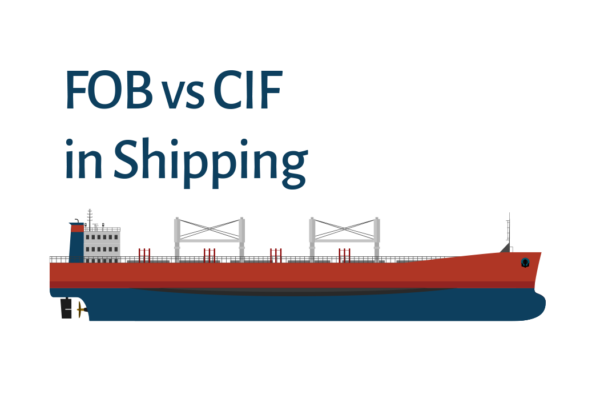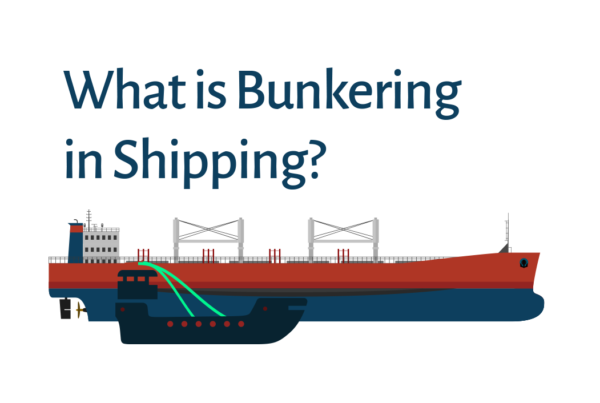Bunkering is an essential operation in shipping, providing the fuel that keeps vessels moving. The International Chamber of Shipping (ICS) reports that more than 90% of the world’s trade moves by sea. This means that fuel bunkering is a cornerstone of international trade and shipping.
In this article, we will look at bunkering in shipping. We will discuss the types and grades of bunkers. We will also cover safety procedures for bunkering. Finally, we will examine the challenges and trends in this area.
In the maritime industry, bunkering refers to the process of supplying fuel (commonly known as “bunkers”) to a vessel. This fuel powers the vessel’s main engines, auxiliary engines, and onboard machinery.
In many ports/regions, there are bunkering points. At these bunkering points, tankers supply the bunker on board.
Traditionally, the term “bunker” meant the storage compartments on steamships where coal was kept. Over time, the definition expanded to include any type of fuel used for propulsion and onboard operations.
Key Takeaways:
- Bunkering Fuel: Bunkering fuel involves supplying marine fuels such as heavy fuel oil (HFO), marine gas oil (MGO), or alternative fuels like liquefied natural gas (LNG).
- Bunkering Operations: The process of refueling ships at ports, offshore, or via ship-to-ship transfer.
- You can also use the “bunkering” term to define the supply of essential provisions such as potable water and lubricants.
Types of Bunkers and Fuel Grades
Modern ships can run on various fuel types, each with different costs, availability, and environmental impacts. Below are the most common:
Low Sulfur Fuel Oil (LSFO):
- Sulfur Content: Typically under 0.5%.
- Why It’s Used: Complies with the International Maritime Organization’s (IMO) global sulfur cap (IMO 2020).
- Pros: Reduced emissions of sulfur oxides (SOₓ).
- Cons: Generally more expensive than high sulfur alternatives.
High Sulfur Fuel Oil (HSFO):
- Sulfur Content: Above 0.5%.
- Why It’s Used: Still permitted if ships are equipped with scrubbers to control SOₓ emissions.
- Pros: Historically cheaper than LSFO.
- Cons: Requires additional emission control technologies and faces stricter regulatory scrutiny.
Marine Gas Oil (MGO) or Low Sulfur Marine Gas Oil (LSMGO):
- Sulfur Content: Typically below 0.1–0.5%.
- Why It’s Used: Cleaner-burning alternative, often used in Emission Control Areas (ECAs).
- Pros: Lower particulate matter and sulfur emissions.
- Cons: More expensive than heavier fuel oils.
Liquefied Natural Gas (LNG):
- Sulfur Content: Almost zero.
- Why It’s Used: Meets strict emission standards with significantly lower CO₂, NOₓ, and SOₓ emissions.
- Pros: Environmentally friendly, helps future-proof against tightening regulations.
- Cons: Requires specialized storage and handling infrastructure.
The Bunkering Process: Step-by-Step
In a bunkering operation, there is a set of steps to follow prior to and during each bunkering operation. In this section, we will evaluate these steps.
1-Preparation
The preparation step is the most important step before a bunkering operation. In this step, all the controls and checks are done for the sake of safety. Careful preparation is important to prevent accidents during bunkering. This includes avoiding oil spills and injuries to the crew.
Environmental protection measures must be taken as well. There are guidelines published by Protection and Indemnity clubs that define these precautions. If you have any doubts, it is best to ask for advice from the P&I Club of your ship.
- Inspection of Equipment: Hoses, pumps, and valves must be thoroughly checked to prevent leaks or failures.
- Tank Capacity Checks: Confirm that the receiving ship’s tanks have enough volume for the intended fuel intake.
- Safety Measures & Training: Ensure all crew members involved are qualified and aware of emergency protocols.
- Documentation & Compliance: Prepare and verify all required paperwork, such as bunker delivery notes (BDNs) and safety checklists.
2-Execution
- Secure Hose Connections: Establish a safe and leak-free link between the bunkering source (barge, truck, or terminal) and the receiving vessel.
- Controlled Fuel Transfer: Monitor flow rates, pressure, and tank levels to avoid spills or overflows.
- Sampling & Testing: Collect fuel samples at the start, middle, and end of transfer to verify quality and compliance.
- Bunker Survey: Bunker surveyor is going to be assisting in some cases, therefore, needed coordination is to be made with the surveyor.
3-Completion & Verification
- Final Measurements: Conduct final sounding or gauging of both receiving and supplying tanks.
- Documentation: Update logs, complete bunkering checklists, and confirm the amount and quality of fuel delivered.
- Post-Operation Safety Check: Inspect hoses, tanks, and the surrounding area to ensure no residual leaks or hazards remain.
Types of Bunkering Operation
Different operational methods cater to various port and vessel requirements:
Ship-to-Ship (STS)
- Fuel is transferred between two vessels, often a bunker barge and a receiving ship.
- Common in ports or designated STS transfer areas.
Truck-to-Ship (TTS)
- Tanker trucks at the port deliver fuel directly to the vessel’s storage tanks via hoses.
- Suitable for smaller quantities or ports lacking dedicated bunkering terminals.
Terminal-to-Ship (Pipe-to-Ship, PTS)
- Fuel is pumped directly from an onshore facility or terminal through a fixed pipeline system.
- Typically seen in major bunkering hubs with large storage capacities.
Regulatory Framework & Environmental Considerations
The International Maritime Organization (IMO) plays a pivotal role in setting standards for maritime safety and environmental protection. MARPOL Annex VI governs sulfur emissions, while various regional directives (e.g., Emission Control Areas in North America and Northern Europe) impose stricter limits on sulfur, particulate matter, and nitrogen oxide emissions.
Key Regulatory Highlights:
- IMO 2020 Sulfur Cap (0.5%): Mandates ships use low-sulfur fuel or adopt technologies like exhaust gas cleaning systems (scrubbers).
- ECA Sulfur Cap (0.1%): Stricter limits within ECAs such as the Baltic Sea, North Sea, North American coast, and Caribbean.
- CO₂ Reduction Targets: IMO aims to cut the shipping industry’s carbon intensity by at least 40% by 2030 compared to 2008 levels, encouraging alternative fuels like LNG, methanol, and biofuels.
Conclusion: The Future of Bunkering
Bunkering remains a linchpin of the global shipping industry, ensuring that vessels can traverse the world’s oceans safely and efficiently. As environmental regulations tighten and alternative fuels gain ground, the bunkering landscape will continue to evolve. From LNG to biofuels and beyond, the push for cleaner fuels is redefining how ships are powered—opening new opportunities for innovative bunkering solutions.
Staying informed on bunkering best practices, regulatory updates, and emerging fuels is crucial for anyone involved in maritime operations. By prioritizing safety, compliance, and sustainability, shipping companies and fuel suppliers can navigate industry challenges and position themselves for success in a rapidly changing world.






